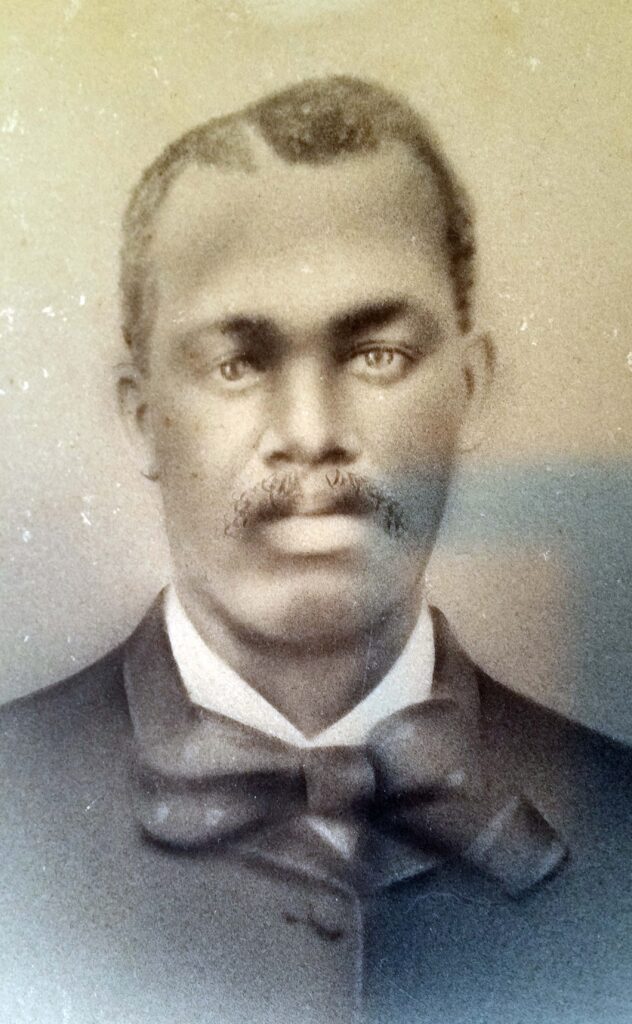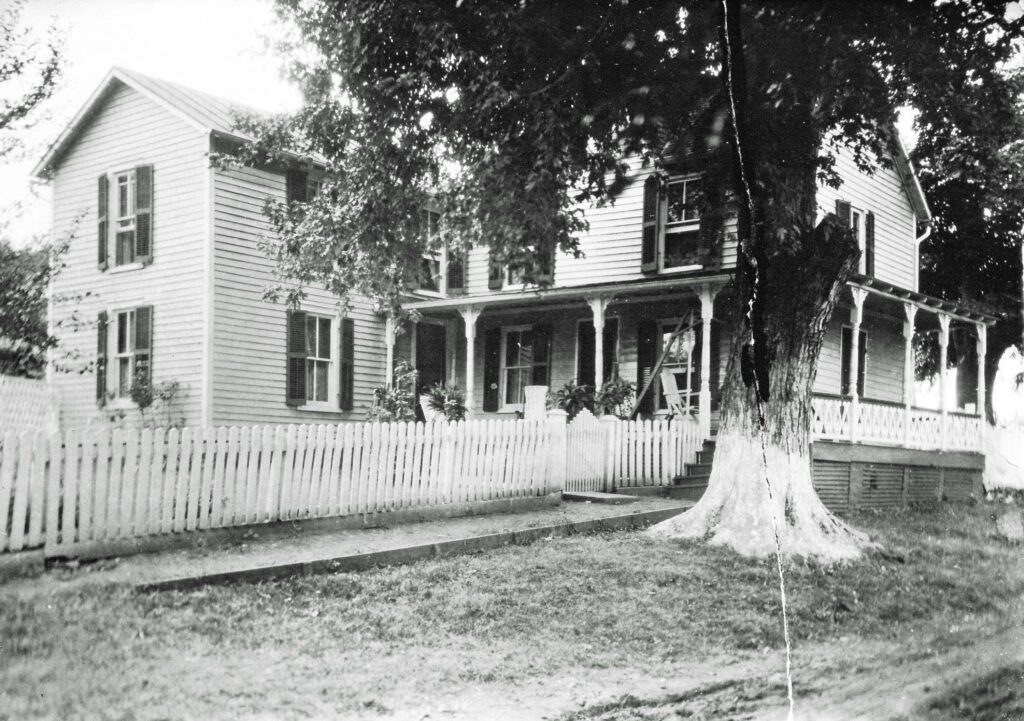Author: Zann Nelson
Sawney Payne (1854-1922) and his wife Cora Gatewood Lewis (1865-1951) practiced a legacy of earnest work, educated minds and civic mindfulness that continued for over 120 years.

Payne was born in Louisa County, VA in 1854 to Joseph and Grace Payne. The 1870 Census records list him as not being able to read or write and working as a farm laborer. However, Sawney was a man on the move!
In the 15 years since the passing of the 13th Amendment (1865) abolishing the institution of slavery, Payne’s status had changed dramatically. The 1880 Census reported the 26-year-old as working for the railroad as well as having the ability to read and write.
Armed with his freedom and aspirations for a better life, Sawney Payne left the place of his birth heading north presumably in search of improved employment and the prospects of a suitable bride.
Culpeper became home; perhaps influenced by finding that one special woman. Sawney Payne, at age 31, and Cora Gatewood Lewis, a 20-year-old from Culpeper, married in 1885.
During the late 1800s, sustainable work for a young Black man in Culpeper County was a scarcity. Payne would often be away from home for weeks finding employment in areas to the north. His great- granddaughter, Angela Chapman, remembers her grandmother telling how her father hated being away from the family and putting the burden of child rearing solely on the shoulders of Cora.
After ten years, Payne had saved a small amount of money and he and Cora made a life-changing decision: Payne would open his own business as a licensed barber, and they would buy a house within walking distance of the shop.
Black ownership of real property within only a few decades after the end of slavery was not the norm; however, in 1895, with the support of Rev. Willis Madden and the congregation at Antioch Baptist Church, the Payne’s went into debt for $171 and purchased the house at 121 West Slaughter Street (now West Piedmont St).
From 1900 to 1940, the Paynes would be the sole African American family on the block. “The neighborhood children would play in our backyard and grandmother’s only rule was that everyone got along. If they did not, she sent them home,” remembered Angela Chapman.
Having paid off their debt by 1900 and with a house full of children plus an in-law or two it was time to build an addition. A substantial L wing was constructed circa 1910 that included an eat-in kitchen, parlor, foyer with new staircase and two bedrooms on the second floor bringing the total bedrooms to four.

The well- landscaped yard, enclosed with a white picket fence, included a small barn for livestock and hay storage, fruit trees, and a vegetable garden. The house was wrapped on two sides with a covered porch that enjoyed Cora Payne’s green thumb.
The Paynes exemplary citizens and demanded the same of their children. All were members of Antioch Baptist Church; the five sons each became licensed barbers, and the two girls, Lillian, and Annie, were sent to college to become teachers. You may remember N. Gordon Payne owner of the large house and small barber shop next to Antioch Church (in Sugar Bottom), Annie Payne Lovell who taught Culpeper’ students for forty (40) plus year, grandsons Henry Gordon “Ace” Payne also a barber and a civic leader, and Jimmy Payne of Jimmy’s Shoe Shop. The relationship with the Culpeper community continued for 120 years punctuated by the family’s dedication to education, civic mindfulness, and a strong work ethic.
